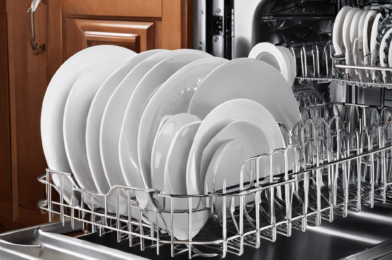## Descubre la forma más práctica de cocinar pollo congelado
¿Tienes prisa y necesitas preparar una deliciosa comida? No te preocupes, hay una solución rápida y práctica para esos días en los que el tiempo apremia: cocinar pollo congelado. Sí, has leído bien, puedes pasar directamente de la congelación a la cocción y obtener resultados sorprendentes. Te mostramos cómo hacerlo de forma sencilla y segura.
Lo primero que debes saber es que cocinar pollo congelado es una alternativa perfectamente viable siempre que se haga correctamente. Olvídate de las historias de terror sobre carnes poco hechas o cocinadas de forma inadecuada. Si sigues las instrucciones adecuadas, no solo ahorrarás tiempo, sino que también disfrutarás de un plato sabroso y seguro. El secreto está en entender cómo funciona la cocción desde el estado congelado y en tomar algunas precauciones simples.
Para comenzar, debes mantener la temperatura adecuada. Es fundamental cocinar el pollo a una temperatura mínima de 75°C en su parte más gruesa. Esto asegura que las bacterias sean eliminadas y la carne esté cocida uniformemente. Un termómetro de carne te será de gran ayuda para verificar la temperatura interna. Simplemente inserta el termómetro en la parte más gruesa del pollo, lejos del hueso, y asegúrate de que alcance la temperatura adecuada.
En cuanto al tiempo de cocción, ten en cuenta que cocinar pollo congelado puede llevar un poco más de tiempo que cocinarlo descongelado. Dependiendo del método de cocción que elijas, ya sea al horno, en una olla o en una sartén, el tiempo variará. Por ejemplo, si optas por asar una pechuga de pollo congelada en el horno, calcula aproximadamente un 50% más de tiempo de cocción que el que requeriría si estuviera descongelada.
Para obtener los mejores resultados, condimenta el pollo antes de cocinarlo. Puedes utilizar tus especias favoritas, como ajo en polvo, pimienta, orégano o una mezcla de hierbas aromáticas. Si lo prefieres, prepara una marinada con aceite de oliva, mostaza, limón y tus especias favoritas, y unta el pollo antes de cocinarlo. Esto le dará un sabor extra y una textura jugosa.
Recuerda que cocinar pollo congelado es una opción práctica y segura cuando se hace correctamente. Así que, la próxima vez que te encuentres con poco tiempo, no dudes en probar este método. ¡Buen provecho!










